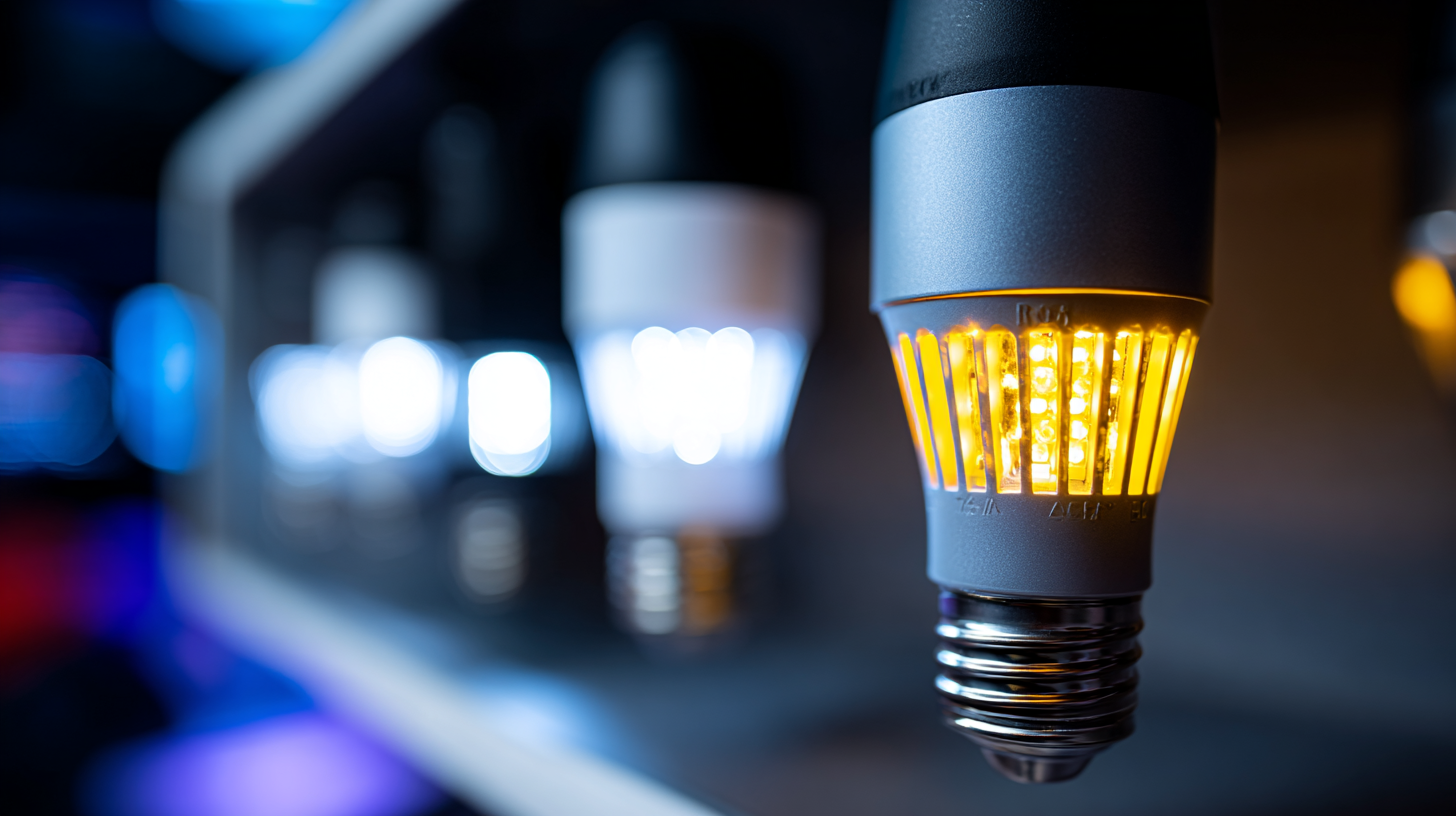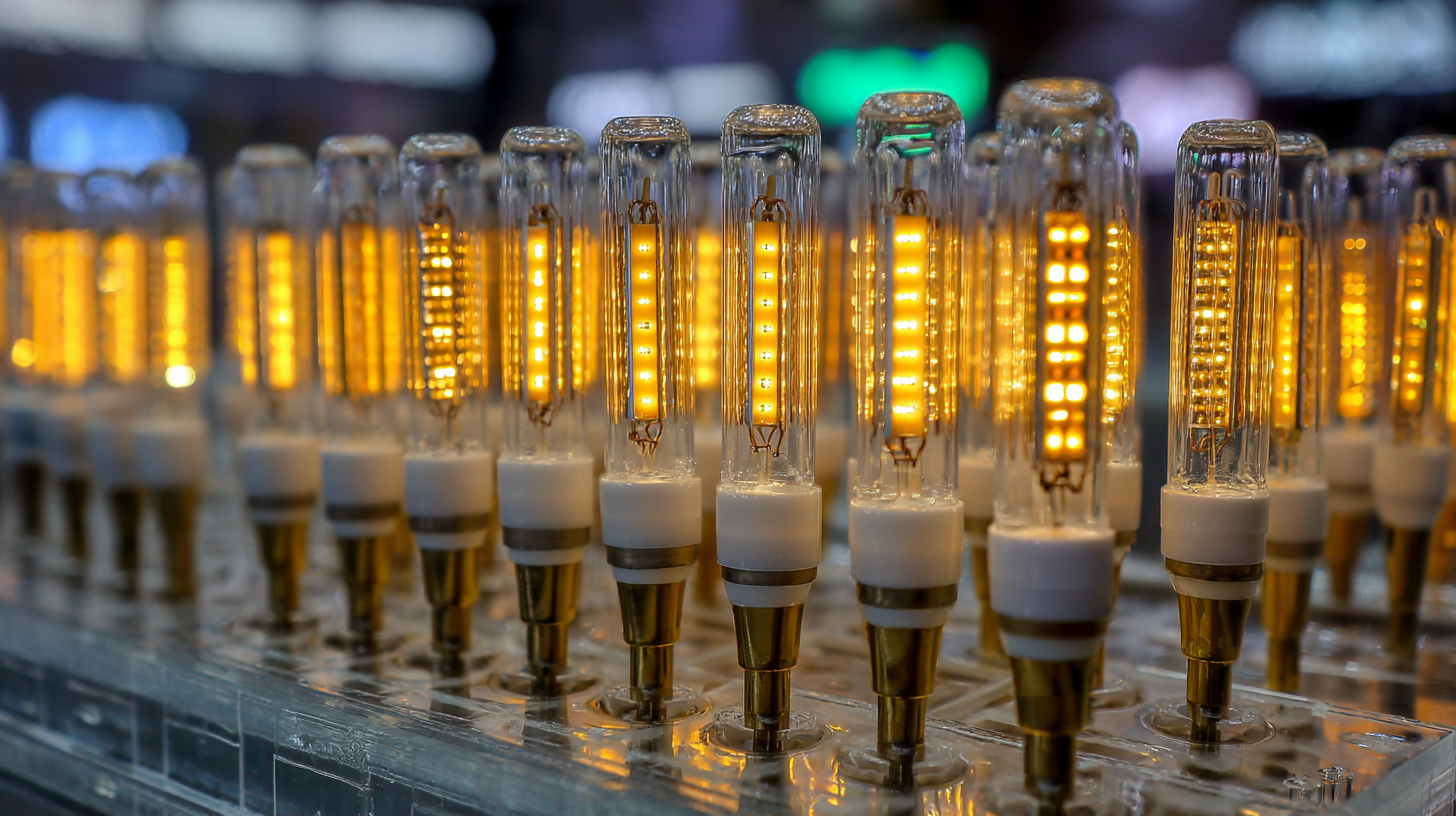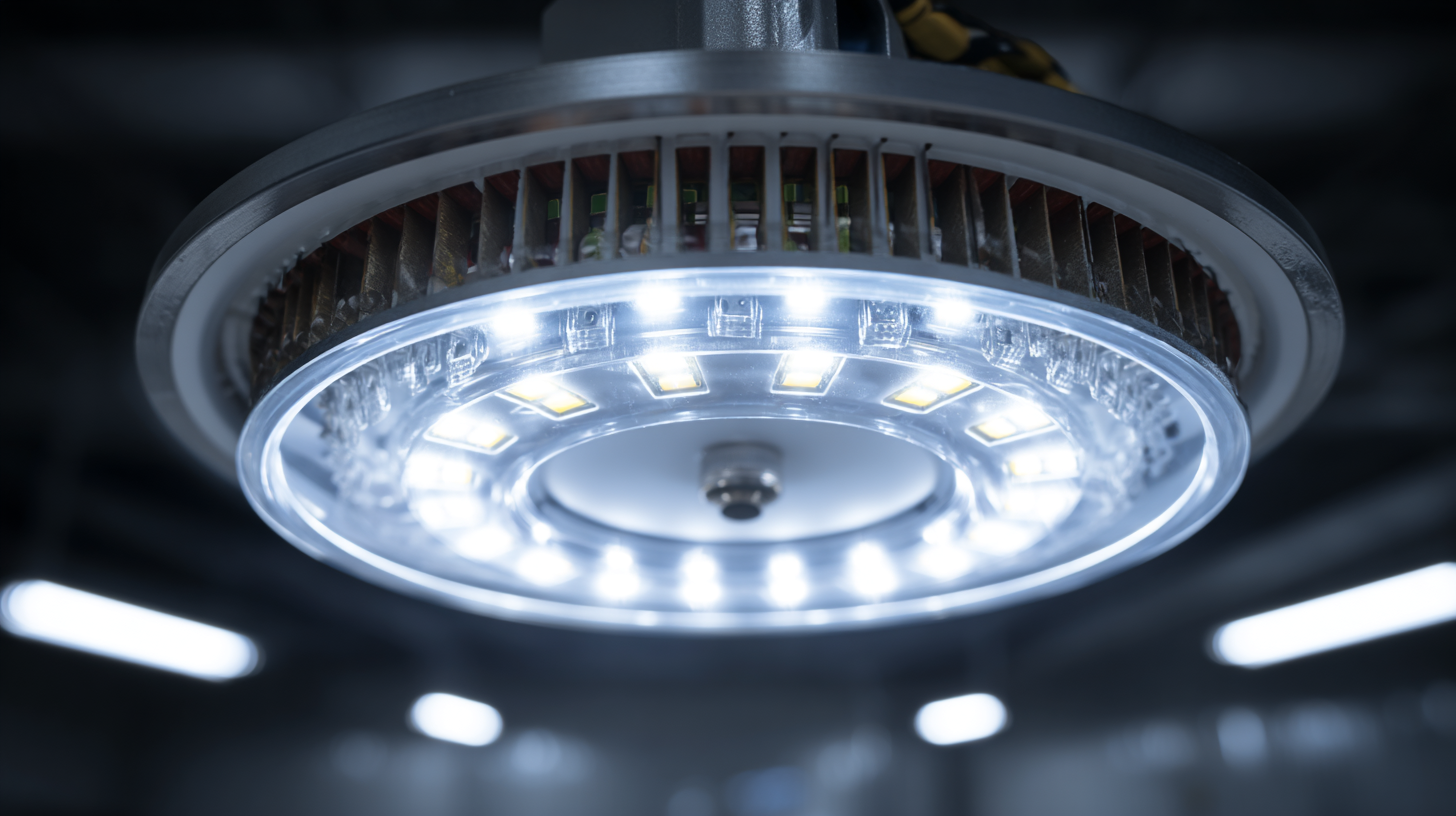As the global demand for energy-efficient solutions continues to rise, the LED lighting industry is projected to reach $105 billion by 2027, according to a report by Allied Market Research. This remarkable growth highlights the importance of selecting top-quality manufacturers to ensure optimal performance, longevity, and sustainability in lighting solutions. With LED lighting accounting for approximately 60% of the lighting market, it becomes essential for businesses and consumers to identify reliable manufacturers that adhere to industry standards and innovations. In this dynamic market, understanding the key factors that determine quality—such as technological advancements, certifications, and customer support—can significantly impact overall satisfaction and ROI. This blog aims to guide you through the process of identifying quality manufacturers who can provide the best LED lighting solutions tailored to your specific needs.

When searching for top-quality LED lighting manufacturers, identifying key performance indicators (KPIs) is essential for ensuring you choose a provider that meets your standards. One of the most critical KPIs to consider is the manufacturer's adherence to industry certifications and standards, such as ISO certifications and ENERGY STAR ratings. These certifications not only reflect a commitment to quality and safety but also ensure that the products manufactured meet rigorous efficiency and performance benchmarks.
Manufacturers with strong compliance records are likely to produce reliable and long-lasting LED solutions.
Another vital KPI to assess is the manufacturer's production capacity and technological prowess. Evaluating their production facilities can give insights into their ability to scale operations according to demand while maintaining quality. Additionally, manufacturers invested in advanced technologies, such as automated production lines and quality control systems, are more likely to deliver consistent and innovative products. By focusing on these KPIs, businesses can filter out potential manufacturers and focus on those that are truly capable of providing optimal LED lighting solutions tailored to their needs.
When searching for top-quality manufacturers in the LED lighting industry, evaluating certifications and adherence to industry standards is crucial. Reliable manufacturers typically boast certifications such as ISO 9001, which indicates they maintain quality management systems, and certifications from organizations like UL, DLC, or CE, affirming that their products meet safety and performance criteria. These endorsements not only demonstrate a commitment to quality but also help you understand the company's operational integrity.
Tip: Request documentation of these certifications from manufacturers. This can help you verify their legitimacy and ensure that their products meet your expected quality benchmarks.
Another important consideration is the manufacturer’s compliance with environmental standards, such as RoHS and Energy Star certifications. These indicate that the products are not only safe for consumers but also environmentally friendly, which is increasingly important in today’s eco-conscious market. Ensure that the manufacturer keeps up with both national and international regulations to guarantee that their products remain competitive and safe.
Tip: Look for manufacturers that continuously update their certifications and product offerings, as this reflects their commitment to innovation and sustainable practices.

Supply chain transparency plays a crucial role in selecting top-quality manufacturers for LED lighting solutions. With the automotive LED market projected to reach an impressive USD 35.729 billion by 2025, companies must prioritize traceability and transparency to ensure they are sourcing from reputable suppliers. For instance, innovative projects aimed at enhancing supply chain transparency, such as blockchain implementations, are becoming increasingly important for tracking critical raw materials. This shift not only helps in maintaining quality but also builds consumer trust in the products they purchase.
When evaluating potential LED lighting manufacturers, here are some tips for ensuring supply chain transparency:
1. **Ask for Certifications**: Verify that manufacturers have certifications that indicate compliance with industry standards and ethical practices.
2. **Review Supply Chain Gaps**: Conduct assessments to identify any weaknesses in the manufacturer’s supply chain that could affect product quality.
3. **Leverage Technology**: Utilize AI-driven platforms that help manage complex supply chains and enhance visibility into each stage of the production process.
By focusing on supply chain transparency, businesses can secure reliable partnerships with manufacturers who prioritize quality and sustainability, thereby ensuring their LED lighting solutions meet both market demands and environmental standards.
| Criterion | Description | Importance Rating (1-5) |
|---|---|---|
| Quality Certifications | Look for industry-recognized certifications such as ISO and UL. | 5 |
| Material Sourcing | Transparency in the origin of materials used in production. | 4 |
| Production Capabilities | Ability to meet demand and scale production as needed. | 4 |
| Supply Chain Practices | Sustainability and ethical practices throughout the supply chain. | 5 |
| Customer Reviews | Feedback from previous clients regarding quality and service. | 4 |
| After-Sales Support | Accessibility and quality of support after purchase. | 5 |
| Innovation & R&D | Investment in research and new technologies for improved products. | 5 |
 When searching for top-quality manufacturers of LED lighting solutions, assessing customer reviews and case studies is an essential step. Customer feedback provides invaluable insights into a manufacturer’s reliability and product performance. Whether it’s glowing reviews praising the energy efficiency of their LED fixtures or detailed critiques highlighting aspects for improvement, these testimonials can help you gauge the overall satisfaction of previous buyers.
Pay attention to patterns in the reviews—frequent mentions of durability or exceptional customer service are strong indicators of a manufacturer worth considering.
When searching for top-quality manufacturers of LED lighting solutions, assessing customer reviews and case studies is an essential step. Customer feedback provides invaluable insights into a manufacturer’s reliability and product performance. Whether it’s glowing reviews praising the energy efficiency of their LED fixtures or detailed critiques highlighting aspects for improvement, these testimonials can help you gauge the overall satisfaction of previous buyers.
Pay attention to patterns in the reviews—frequent mentions of durability or exceptional customer service are strong indicators of a manufacturer worth considering.
Case studies serve as powerful narratives that illustrate a manufacturer’s competencies and successes. By analyzing specific projects that utilized their LED solutions, you can evaluate how well the products perform in real-world applications. Look for case studies relating to your industry or use case, as they often highlight the challenges faced and the innovative solutions implemented by the manufacturer. This not only showcases their product efficacy but also their ability to tailor solutions to meet diverse needs, empowering you to make an informed decision when selecting the right LED lighting partner for your projects.
The LED lighting industry has witnessed transformative advancements driven by innovation and robust R&D initiatives. Since the advent of white light-emitting diodes in 1996, their performance and efficiency have dramatically improved, with significant reductions in manufacturing costs. According to recent reports, the global LED market is projected to reach USD 160 billion by 2025, underscoring the importance of ongoing innovation as manufacturers strive to stay competitive.
Recent funding efforts also spotlight the role of research and technology in enhancing manufacturing capabilities, with notable investments aimed at expanding R&D functions. For example, one company recently secured USD 7 million in funding to bolster their research and manufacturing capabilities. In addition, regions such as China are rapidly emerging as innovation leaders, demonstrating substantial advancements in their domestic companies and universities. This shift not only elevates the local industries but also enhances global competition, further emphasizing the critical need for top manufacturers to prioritize innovative R&D strategies in order to deliver the best LED lighting solutions.
As marketplaces evolve, the interplay between innovation, R&D, and market demand becomes paramount for manufacturers looking to capitalize on the growing trend toward energy-efficient lighting. The integration of cutting-edge technology not only optimizes product performance but also aligns with the increasing global focus on sustainability and eco-friendly solutions in lighting design.
